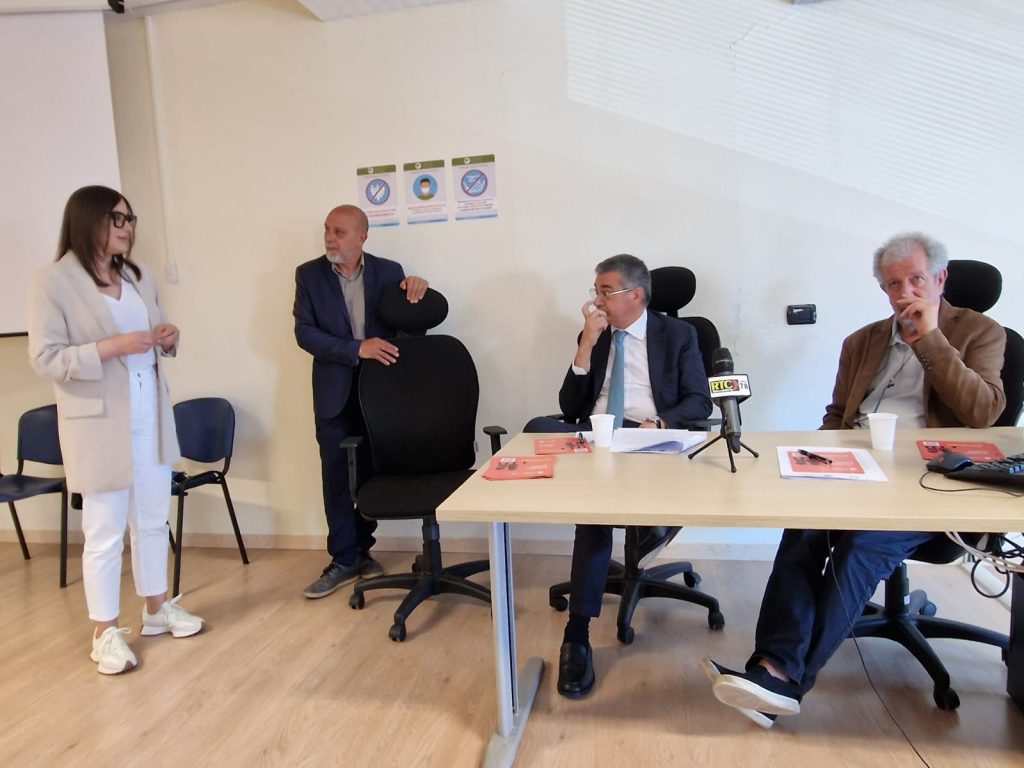by Domenico Bilotti, exclusive for The diagonales
Some recent studies in social anthropology, public law and political philosophy have returned to reflect on the notion of “revolt”, understood for these purposes as an intentional act, as an objective fact, as a strategy of vindication.
On the etymological level, revolt contains the meanings of “to revolt” (the dynamic taking place in a space, which brings one closer to proximity) and “to address” (individual revolt also opens a channel of relationship).
It is, on closer inspection, a constitutive attitude of revolt that refers even more to Vico than to Camus, even more to liberation theology than to secular political science.
Whatever the definitive set from which we are moving, this is what has been happening in the historic centre of Cosenza, a lively city in southern Italy in the region of Calabria, for some months now. The initiative in question, absolutely creative and without any destructive pretension, consists in the decoration, by some artists, writers, painters of the capital, young and old, of the disused shutters that from via Galeazzo di Tarsia to Corso Telesio risked to remain the simple tribute to the decay of the old city. Murals, dedications and covers of records, poems, visions and cartoons: a puzzle, as chaotic as you want, that expands day by day. The project, gradually growing, was born on the impulse of the local group of ultras of the old town, but soon became a shared heritage of the occupants of the neighborhood, the many families of the neighboring houses, social space activists.
Already at the end of the 1990s, the newspapers Le Monde and The Guardian had started a debate on the countercultural scene in Italy. Both concluding, despite all the contradictions and involutions that would explode in the following decades, that the ultras lined up on themes of solidarity and cooperation and the antagonists of self-managed social centers represented two material and immaterial reserves of a sense “against”, of a sense “other”, of a sense “beyond”.
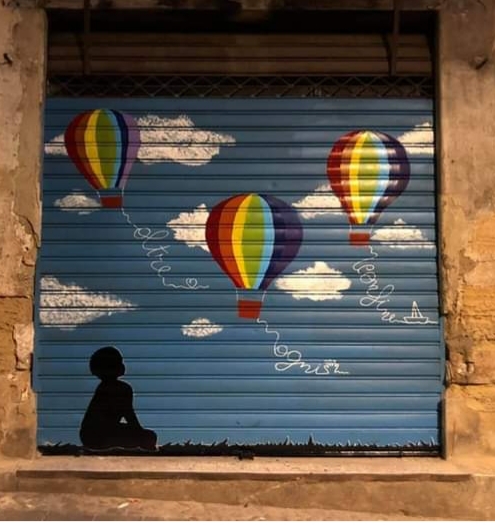
It is not the case to resume that debate and the subsequent developments that it had, also in law and sociology, regarding the elaboration of a path on common goods, on their normative protection, technical and empirical qualification, immediate and inevitable political, social and economic use. It seems to us more appropriate to return to the historical-legal meaning of urban toponymy, so indicative, moreover, of the demographic cycles and the urban processes of gentrification and peripheralization.
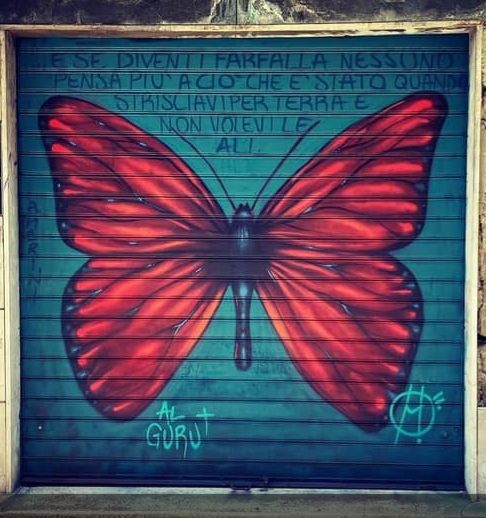
Via Galeazzo di Tarsia, seat of the group, is the small venula that opens towards the ancient main street of the city. In a space of a few square kilometres, in the heart of the old town, until less than fifty years ago, there were schools and commercial activities, craftsmen’s gatherings, fairs and markets, taverns and shops. Even the courthouse was located at the end of the town on Colle Triglio, a sort of upper part of the old town, together with neighbouring hamlets.
The debasement of the district had many, too many, causes. School dropouts played a role here; the neglect of noble families who often failed to maintain the ancient noble palaces of their original property and domicile had a considerable weight. And even more so, the crumbling of the historic centre coincided with the building speculation that has profitably affected other districts of the city for decades: the historic centre was no longer, that is, an input for the city’s economic planning, but a growing ballast to be treated with oblivion and disservice. The “Old Drunkards” of “Old Cosenza 1989” (this is the name of the group) have also been in the front line on this front. The whole city remembers their active participation in the disputes concerning the workers of the cooperatives, garbage collection, energy supplies, housing issues.
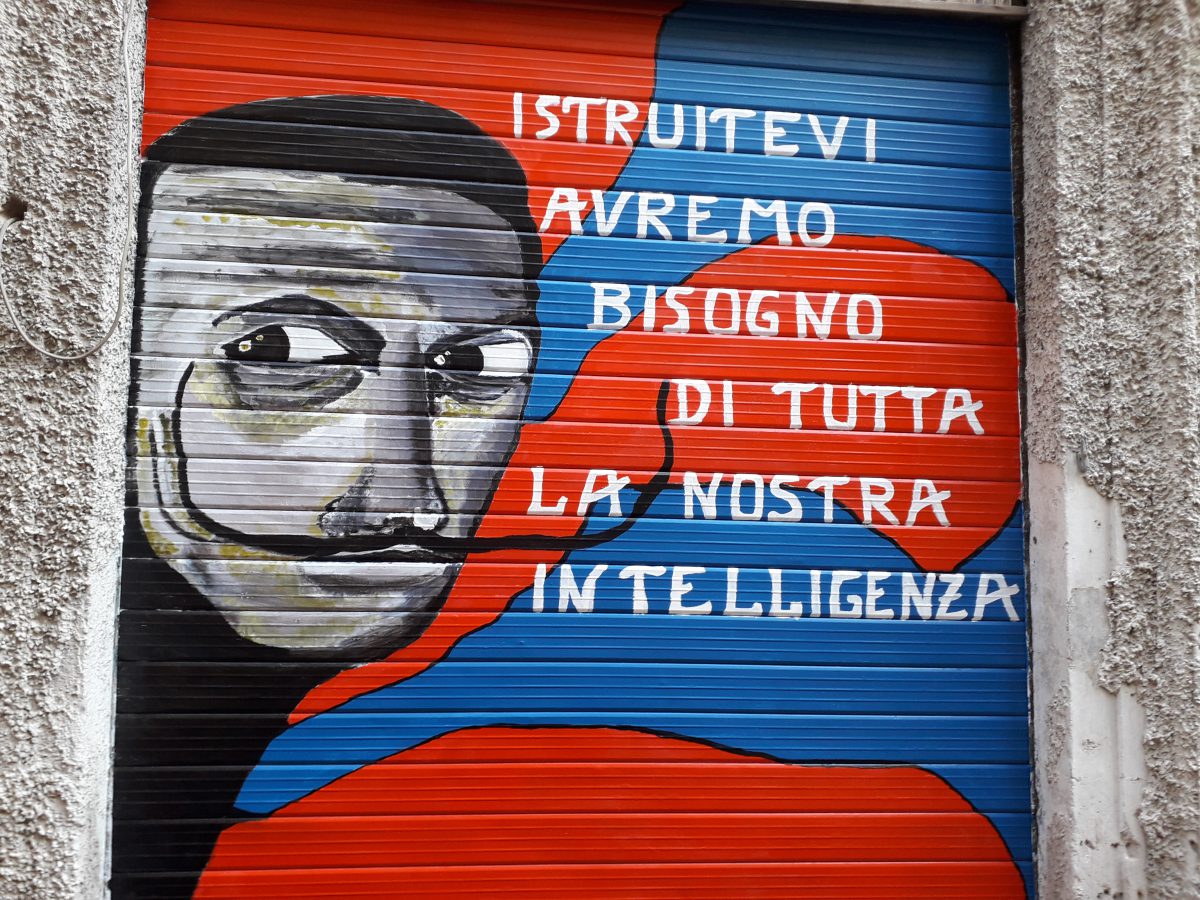
It may be for this reason that among the members of the group there is a tumultuous spirit of community rooted, however, around singular substantial values: discipline in organizing common expenses, the precise intention to leave the outdoor and indoor spaces in conditions of decent cleanliness, the contrast to the wild parking as for the employees.
Today dozens of shutters of disused buildings, garages and warehouses with the active collaboration of the owners or certainly with their consent, host suburban frescoes of boundless sweetness and sincere metropolitan anger.
Almost every shrine is dedicated to concrete people of the local affective geography: dead soccer players, folkloristic inhabitants of the neighborhood linked to places and memories, agitators and musicians, young people who died prematurely in road accidents or natural disasters. The plexuses in free fall revive again their foundations with the most ancient and contemporary roots of all time: the individual stories that make up the collective narrative.
If Walter Benjamin posed the problem of the reproducibility of the work of art in the age of technique, in Cosenza Vecchia today the unpredictable combination of decaying spaces and love for one’s own land is transformed into art.
Art made by the hands of a people to preserve their hearts and embellish their lives to the full.
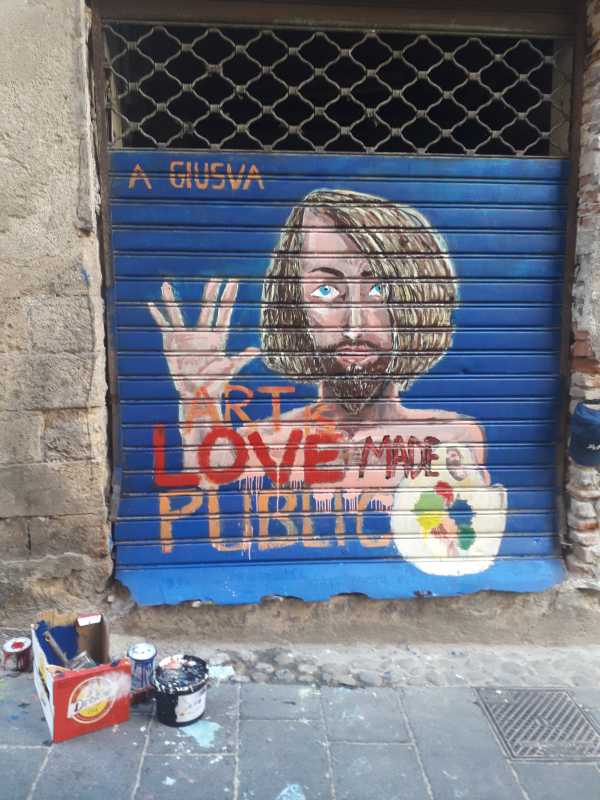
Shutter in cover: music drives out hate

Domenico Bilotti collaborate with The diagonales. He is adjoint professor of “History of Religions” at the Magna Graecia University of Catanzaro (South Italy) and holder of courses at the Master’s in “Cultural Heritage and Ecclesiastical Heritage” of the same university. The rest of the time he observes, reads, travels, attends soccer stadiums.


